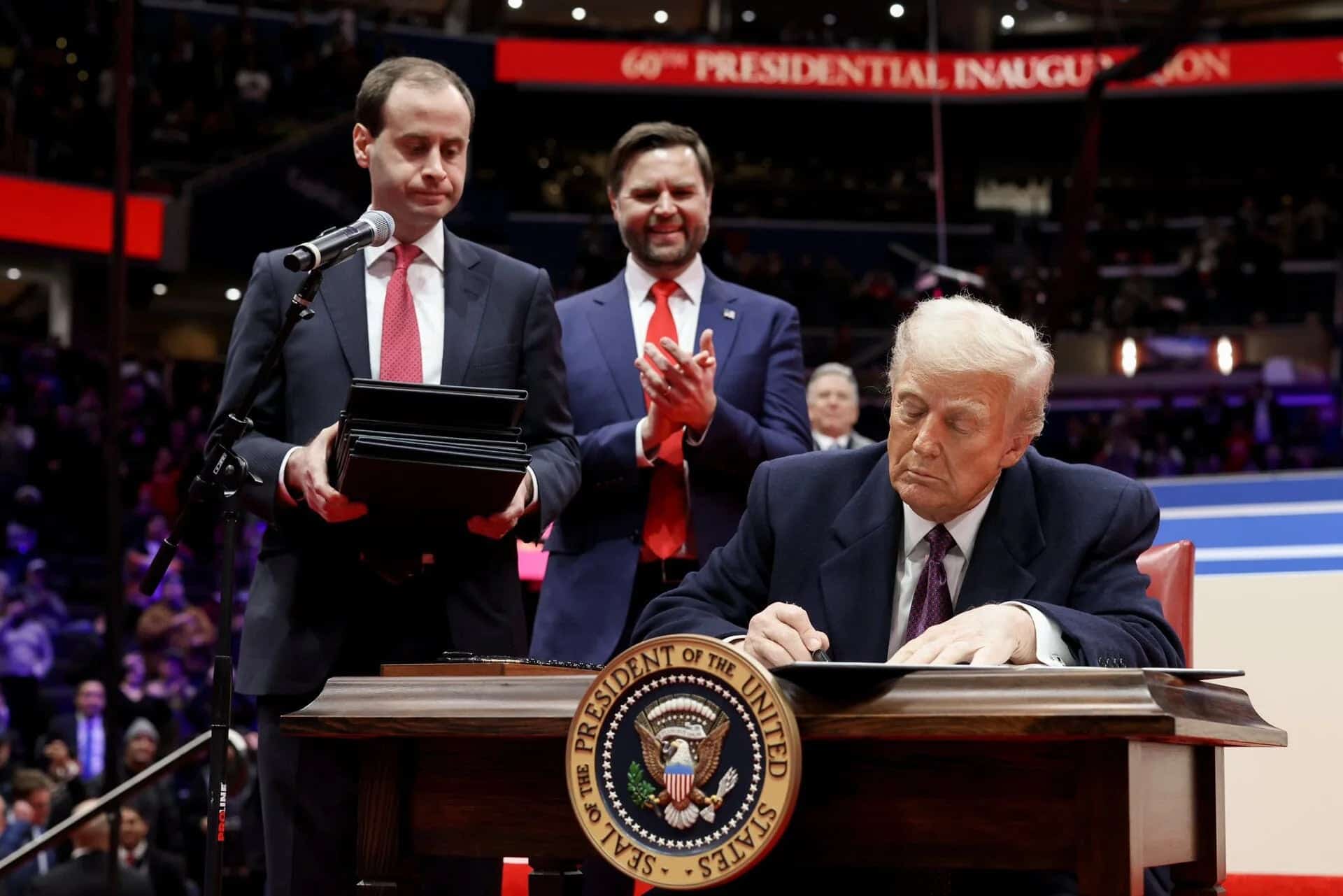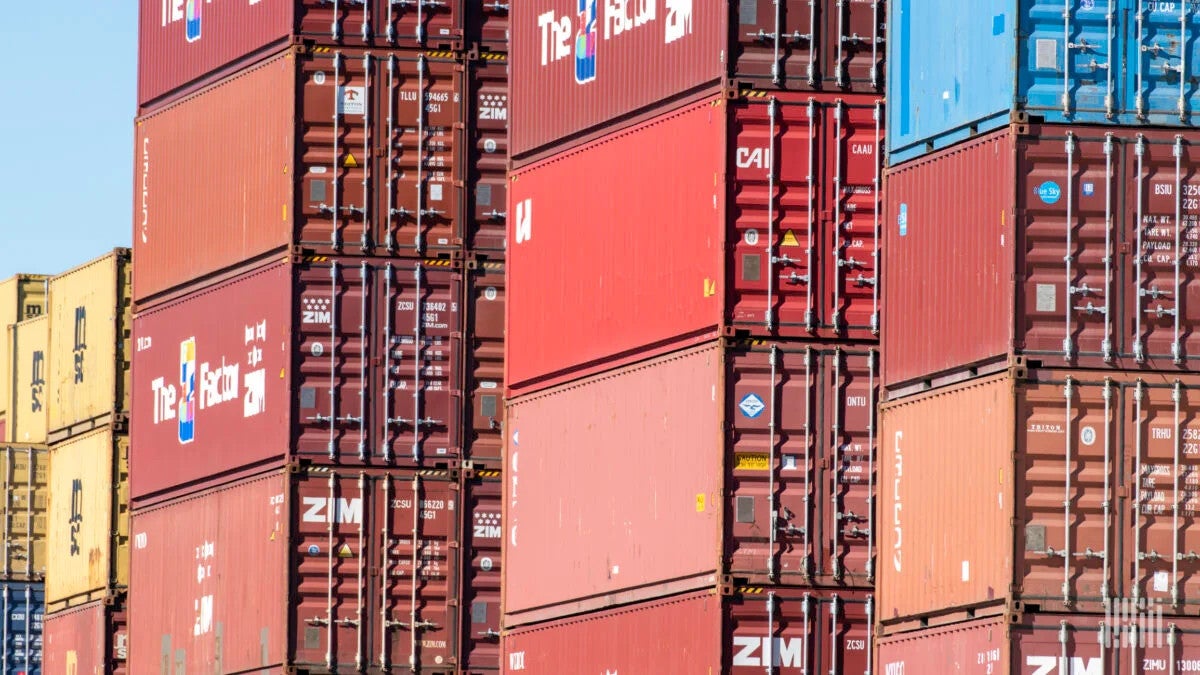
In last week’s column, I highlighted the many marketplace conditions that are being impacted by the executive orders and policy memoranda delivered in the first two weeks of President Trump’s new administration. During the past week, much of the focus of the administration’s agenda has been on the presentation and execution of tariffs. In today’s column, I will present the big picture on tariffs, how they might impact our economy, and further address how the Trump administration sees tariffs as a major piece of its diplomatic toolbox.
As a first step, we will look at what tariffs are and how they impact our national economy, which for the most part is not good. Tariffs are simply taxes charged on goods imported from other countries. There is a common misunderstanding that tariffs are paid by the countries exporting the goods. Rather, the tariff, a percentage of a product’s value, is paid to the United States government by the company that imports the goods. Examples of such goods might include fruits and vegetables imported by wholesalers and/or grocers or parts that go into larger products (e.g., seats that go into automobiles). The primary reasons a country might impose tariffs include: to raise revenues; to regulate trade/reduce trade deficits; and to protect domestic industries/companies from foreign competition. Tariffs can also be used to achieve foreign policy objectives (more on this later).

These motivations for tariffs on their face sound great. For instance, for a country like the United States with a $36 trillion national debt and plans to potentially decrease personal and corporate taxes, tariffs seem like a great way to generate the needed revenues to help reduce the debt. Additionally, the United States runs a monthly trade deficit between $70 billion and $80 billion; so, tariffs appear to be a way to bring imports and exports more in line with one another. Finally, if tariffs are added on to the goods from foreign countries, domestic goods become more attractive in relative pricing, which should allow domestic companies to prosper. While this all sounds great; tariffs in the long run hurt the national economy in the following ways:
- Tariffs are inflationary: In most cases, tariffs are passed on to consumers in the form of higher prices of goods. After just recovering from the worst inflation in this country in over forty years, tariffs have the potential of creating a similar inflationary environment. Such inflation increases will likely not only halt the Federal Reserve from reducing interest rates, the Fed will likely have to increase them to attempt to tame inflation.
- Tariffs will hamper growth: Tariffs typically set off trade wars which reduce the ability of U.S. companies to compete in foreign markets. As access to foreign markets decreases, the ability of firms to grow decreases accordingly. This lack of growth reduces any potential increase in Gross Domestic Product (GDP) while increasing the likelihood of a recession. This combination of inflation and stagnant growth is what is called “stagflation” and is usually accompanied by rising unemployment.
- Domestic companies become weaker: While tariffs are meant to strengthen domestic companies, they typically have the opposite effect. When there is less competition caused by tariffs, companies have less incentive to produce better quality goods and to increase investments in improvement. Protectionism typically causes companies to become weaker, not stronger.
-

At this point, you are probably asking, if tariffs are so bad for our economy, why is the Trump administration implementing such tariffs? Good question! From a political standpoint, tariffs are a populist way for the President to show he is delivering on his campaign promises. He has packaged these tariffs as part of his “America First Trade Policy” that is an attempt to “Make America Great Again.” However, more practically, it appears that President Trump is attempting to use tariffs as a powerful tool in his foreign policy toolbox.
You might remember from last week’s column that the President used threats of 25 to 50 percent tariffs on Colombia to convince that country to accept planeloads of deported migrants. However, tariffs have become increasingly more impactful in the past few days. President Trump indicated that he was implementing 25% across-the-board tariffs on Canadian and Mexican imports as early as February 1, while adding an additional 10% tariff to the current tariffs on Chinese imports. Initially, both Canada and Mexico threatened retaliatory tariffs of their own, but now the U.S. and Mexico have agreed to hold off on any tariffs for at least one month. It appears that the Trump administration is attempting to use these tariffs as a tool to get all three countries to acquiesce on increased border security and other methods to decrease the influx of fentanyl. So, hopefully, the tariffs can be averted while other policy goals are achieved. However, tariff threats that are being made to the United Kingdom and European Union are more difficult to explain.
At the end of the day, my belief is the use of tariffs for anything other than a foreign policy/diplomatic tool is a losing proposition. The risks to the economy are significant. However, if the Trump administration can successfully leverage these tariffs to strengthen our country’s foreign policy position in the world, it might be worth some short-term pain.









